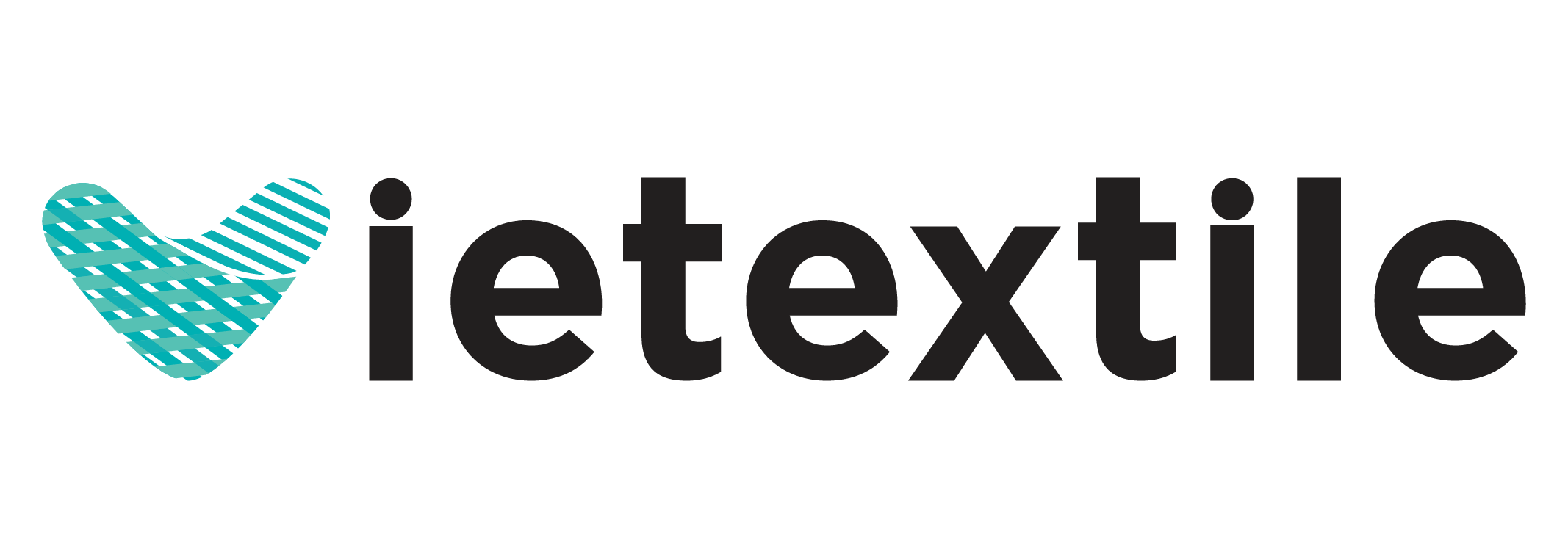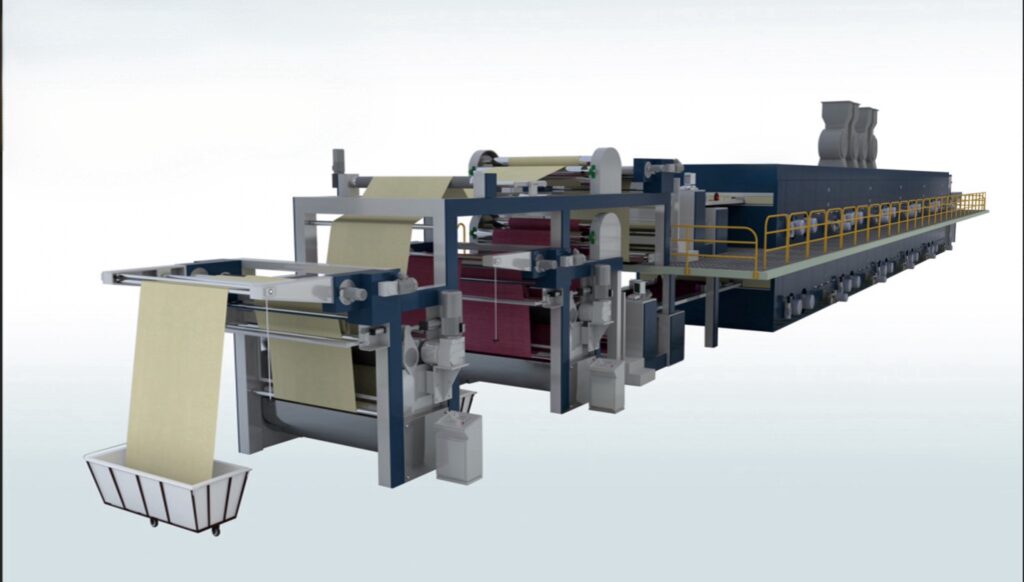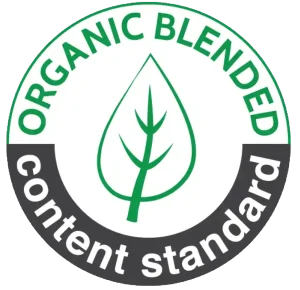In a modern textile mill, the textile stenter machine is more than just a dryer; it is a critical control point for fabric quality, production efficiency, and, most importantly, operational profitability. While its primary function is to give fabric its final dimensions and feel, its impact on a factory’s bottom line is immense. As the global textile industry shifts toward automation and sustainable manufacturing, understanding how to optimize this powerful asset is essential for staying competitive.
This expert guide explores the future trends, cost-saving solutions, and performance optimization strategies for the modern textile stenter machine, providing factory owners and managers with the insights needed to reduce waste, save energy, and maximize output.
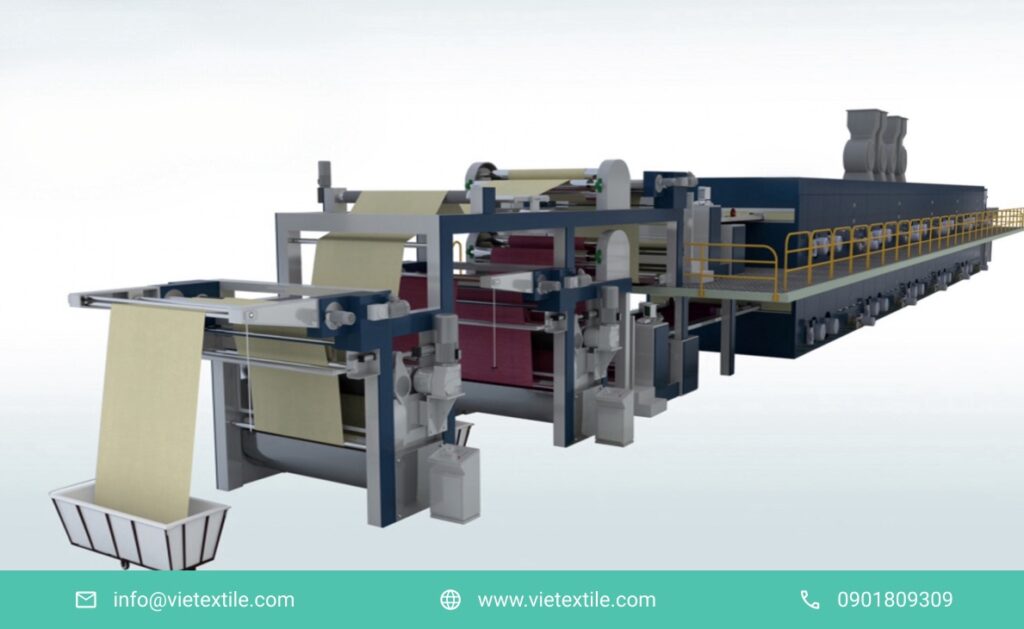
1. How Does a Textile Stenter Machine Work? A Quick Recap
Nội dung tóm tắt
ToggleBefore delving into the intricacies of optimizing fabric stenter machine performance, it’s fundamental to grasp its core operational principle. At its heart, a Textile Stenter Machine finishes fabric by precisely applying a combination of mechanical tension and thermal energy. This sophisticated interplay allows for meticulous control over fabric dimensions, ensuring consistent width, straightening the weave, and imparting desired properties like shrinkage resistance and handfeel. Understanding this foundational process – how heat precisely sets the fabric while tension maintains its form – is paramount for textile manufacturers aiming to achieve superior fabric quality and maximize efficiency in their finishing lines.
- Tensioning: In the critical tensioning phase of a fabric stenter machine, the fabric is meticulously gripped along its edges, or selvedges, by a continuous chain mechanism fitted with specialized clips or pins. This precise gripping action allows the chain to exert controlled mechanical tension, pulling the fabric to a precise, uniform width. This step is fundamental for achieving dimensional stability, correcting skew or bow, and ensuring the fabric maintains its desired width throughout subsequent thermal treatments. Effective tensioning is key to preventing fabric distortion and guaranteeing a consistent, high-quality output for various textile applications..
- Heating: Following precise tensioning, the fabric enters the crucial heating stage within the textile stenter machine. Here, it travels through a series of enclosed chambers where high-velocity fans vigorously circulate hot air, meticulously generated by a sophisticated heat exchanger, boiler with steam, or by Thermal Oil. This controlled thermal energy penetrates the fabric, effectively setting its structure by stabilizing fibers, curing chemical finishes, and imparting desired properties like wrinkle resistance and shrinkage control. This combination of intense, evenly distributed heat and constant airflow ensures that the fabric’s dimensions are permanently locked, achieving the specified quality parameters essential for high-performance textiles in the dyeing and finishing industry..
- Cooling: Upon exiting the heated chambers of the textile stenter machine, the fabric undergoes a critical cooling process. This rapid cooling stage is engineered to immediately stabilize and permanently lock its dimensions and finish. As the hot fabric is quickly brought down to ambient temperature, the molecular structure set during the heating phase is solidified, preventing any post-processing shrinkage or distortion. This ensures that the desired width, handfeel, and other critical properties achieved during the stenter’s operation are retained, delivering a stable, high-quality textile ready for subsequent cutting, sewing, or packaging in garment and textile manufacturing.
The overarching goal of the entire textile stenter machine process is to meticulously prepare fabric, ensuring it emerges dimensionally stable – meaning it won’t shrink or warp during subsequent handling or garment use. Beyond stability, the stenter also guarantees a consistent feel (handfeel) across the entire fabric roll, a crucial factor for product quality and customer satisfaction. Ultimately, this comprehensive treatment precisely prepares the fabric for subsequent stages like Pre-heat setting, dyeing or printing, creating an ideal base for even color absorption, sharp print definition, and overall superior textile products in the competitive garment and textile manufacturing industry.
2. The Future is Here: New Technology Trends in Textile Stenter Machines
The landscape of fabric stenter machines is rapidly evolving beyond traditional functionalities. Progressive European and Japanese manufacturers are at the forefront of this transformation, actively integrating cutting-edge “Industry 4.0” technologies to develop smarter, more efficient machines. These advancements include sophisticated sensor networks, real-time data analytics, artificial intelligence, and enhanced connectivity, enabling predictive maintenance, optimized energy consumption, and unprecedented levels of process control. For textile and dyeing facilities, investing in these next-generation Industry 4.0 Textile stenter machine means achieving higher precision, reduced operational costs, and significantly improved product consistency, truly revolutionizing fabric finishing for a competitive global market.
2.1 Smart Finishing with IoT & AI Integration
The most significant leap forward in modern textile machinery, particularly for stenter machines, is undoubtedly the seamless integration of the Internet of Things (IoT) and Artificial Intelligence (AI). IoT connectivity allows these advanced machines to collect vast amounts of real-time operational data, from fabric tension and temperature to energy consumption. This raw data is then processed and analyzed by powerful AI algorithms, enabling predictive maintenance, self-optimization of processes, and intelligent fault detection. For dye houses and fabric finishing plants, this translates into unprecedented efficiency, reduced downtime, superior fabric quality consistency, and substantial long-term cost savings, marking a true paradigm shift in industrial textile production.
- How it Works: The textile stenter machine is equipped with a network of advanced sensors that monitor temperature, humidity, fabric density, and air pressure in real-time.
- The Benefits:
- Automated Process Control: The system can automatically adjust chamber temperatures based on the fabric’s real-time moisture content, preventing over-drying that can make fibers brittle.
- Predictive Maintenance: AI algorithms analyze sensor data to predict when a component, like a fan motor or a bearing, is beginning to fail. This allows for scheduled maintenance, drastically reducing unexpected downtime.
- Data-Driven Optimization: The system logs production data for every run, allowing managers to analyze performance and identify opportunities to improve efficiency. For example, leading manufacturer Brückner’s; or Monfongs; or Runian intelligent systems can reduce energy consumption by 15-20% compared to traditional models through such automated controls.
2.2 The Heat Recovery System: A Revolution in Energy Savings
For any textile operation utilizing a fabric textile stenter machine, a substantial portion of the operating budget is consistently consumed by the fuel required for heating. Recognizing this critical expenditure, heat recovery systems have emerged as a game-changing innovation, offering significant opportunities for both cost reduction and enhanced sustainability. By capturing and repurposing exhaust heat that would otherwise be wasted, these advanced systems drastically lower energy consumption, directly impacting fuel bills and reducing carbon footprints. Integrating a high-efficiency heat recovery unit into your stenter line not only demonstrates a commitment to eco-friendly practices but also provides a tangible competitive advantage through optimized operational costs in the dyeing and finishing sector.
- How it Works: In a traditional stenter, hot, humid exhaust air is simply vented outside, wasting enormous amounts of thermal energy. A heat recovery system uses a heat exchanger to capture this waste heat and use it to pre-heat the fresh, incoming air.
- The Benefits:
- Fuel Savings: By pre-heating the incoming air, the main burner has to work less, reducing fuel consumption (whether gas, electricity, or thermal oil) by up to 20%.
- Green Manufacturing: Lower fuel consumption directly translates to a smaller carbon footprint, helping factories meet increasingly strict environmental standards.
- Financial Impact: Leading Italian manufacturer Biancalani has demonstrated that its heat recovery technology can save a medium-sized factory over $30,000 USD per year in fuel costs alone.
3. Analyzing and Reducing Stenter Operating Costs
When considering the acquisition of a new textile stenter machine, discerning manufacturers understand that the initial purchase price is only one part of the equation. A far more critical consideration for long-term profitability and sustainability lies in the operating costs, particularly fuel, which represent a major long-term factor. Given the significant energy consumption for heating in the dyeing and finishing process, overlooked operational expenses can quickly eclipse the initial investment. Therefore, textile businesses should prioritize stenter machines that offer superior energy efficiency, advanced heat recovery systems, and smart automation to ensure lower running costs and a healthier bottom line over the machine’s entire lifecycle.
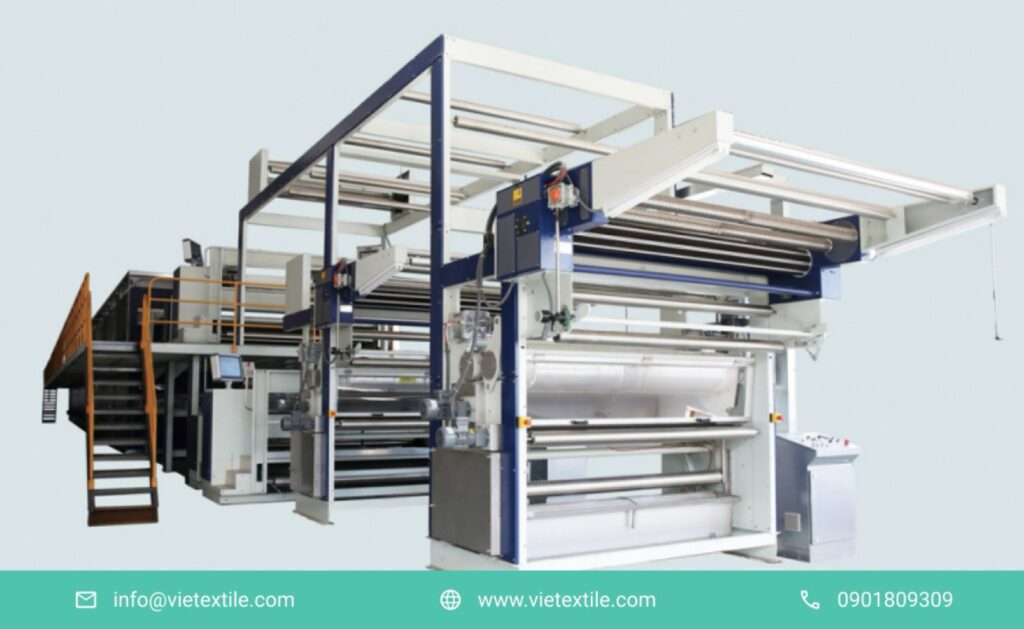
3.1 The Fuel Factor: Electricity vs. Gas vs. Thermal Oil
- Electricity for textile stenter machine, the electricity offers a clean energy solution, producing no on-site emissions, which aligns well with modern sustainability goals in dyeing and finishing. However, despite its environmental benefits, electricity can quickly become the most expensive operating cost, particularly for textile manufacturers operating in regions burdened with high electricity prices. This makes energy efficiency a paramount concern when selecting and operating stenters. Businesses must carefully evaluate the cost per unit of electricity against other fuel options and consider investing in advanced stenter technologies designed to minimize power consumption, ensuring both environmental responsibility and economic viability in their production lines..
- Natural Gas: For textile manufacturers seeking an efficient and economical fuel source for their stenter machines, natural gas presents a compelling option. It is renowned for being highly efficient and generally more cost-effective than electricity as a heating medium in dyeing and finishing processes. However, leveraging natural gas requires significant infrastructure, specifically a robust gas supply line, and the implementation of stringent safety systems to ensure secure operation within the factory environment. Despite these infrastructure prerequisites, the lower operational costs and consistent performance make natural gas a preferred choice for many large-scale textile production facilities prioritizing both efficiency and economic viability..
- Thermal Oil: In the realm of textile stenter machine heating, thermal oil systems offer a distinct advantage for achieving superior fabric quality. Heated indirectly by an external boiler, which can be fueled by gas or other sources, thermal oil provides very stable and even heat distribution across the entire stenter chamber. This consistency is crucial for precise fabric finishing, ensuring uniform dimensional stability and handfeel. However, implementing a thermal oil system involves a more complex infrastructure of pipes and pumps compared to direct heating methods. Despite this added complexity, many dyeing and finishing plants operate for thermal oil due to its unparalleled heat stability, leading to consistently high-quality textile products..
3.2 Actionable Strategies for Fuel Savings
- Invest in Heat Recovery: This technology offers the single biggest ROI for reducing fuel consumption.
- Optimize Insulation: Ensure all heating chambers, pipes, and ducts are perfectly insulated to prevent thermal loss.
- Calibrate Burners: Have your gas or oil burners professionally serviced and calibrated regularly to ensure they are operating at peak combustion efficiency.
4. How to Optimize Your Stenter’s Production Efficiency
For textile manufacturers, a common misconception is that running a textile stenter machine at maximum speed is always the most efficient option. In reality, true optimization of a fabric textile stenter machine comes from precisely matching the machine’s parameters to the specific fabric being processed. Each fabric type, whether cotton, polyester, or a blend, has unique thermal and mechanical requirements. Adjusting factors like temperature, tension, dwell time, and fan speed according to the fabric’s composition and desired end-properties ensures optimal dimensional stability, consistent handfeel, and minimal energy consumption. This tailored approach, rather than a one-size-fits-all maximum speed, is what truly drives efficiency, reduces waste, and elevates the quality of finished textiles in modern dyeing and finishing operations.
4.1 Mastering Temperature and Chain Speed
Understanding the unique thermal requirements of various textiles is fundamental for achieving superior results on a fabric stenter machine. Crucially, every fabric possesses a different optimal heat-setting temperature, a critical factor that directly impacts its dimensional stability, hand-feel, and overall quality. For instance, synthetic fibers like polyester require lower temperatures to prevent damage, while natural fibers such as cotton demand higher heat for effective stabilization. Professional textile dyeing and finishing plants meticulously adjust their textile stenter machine parameters based on fabric composition, ensuring each material undergoes the precise thermal treatment needed to unlock its best performance and meet stringent quality specifications.
- Cotton Fabric: When processing cotton on a textile stenter machine, achieving optimal results necessitates specific thermal parameters. Due to its cellulose fiber structure, cotton typically requires a higher temperature range, often between 160-180°C, to effectively stabilize its fibers. This precise heat treatment is crucial for locking in dimensional stability, minimizing shrinkage, and ensuring a consistent hand-feel. For textile dyeing and finishing plants working with cotton, accurately maintaining these elevated temperatures within the stenter’s chambers is paramount to delivering high-quality, stable cotton fabrics that meet stringent industry standards and consumer expectations.
- Polyester Fabric: When processing polyester fabric on a stenter machine, precise temperature control is paramount to preserve the integrity of its synthetic fibers. Unlike natural fibers, polyester typically requires a lower temperature range, specifically 130-150°C, to prevent the synthetic fibers from becoming brittle or, critically, melting. Operating within this optimized thermal window ensures the fabric achieves desired dimensional stability, optimal handfeel, and consistent quality without compromising the inherent strength or aesthetic appeal of the polyester. This careful temperature management is a key factor for textile manufacturers aiming to produce high-performance, durable polyester fabrics for various applications, from activewear to industrial textiles..
Setting the temperature too high wastes energy and can damage the fabric. Setting it too low will result in a fabric that isn’t properly set and will shrink later. Similarly, running the chain speed too fast may not give the fabric enough “dwell time” in the chambers to dry and cure properly. The key is to find the perfect balance, which often comes from consulting the fabric supplier’s technical data sheets.
4.2 The Importance of Airflow Management
A textile stenter machine relies heavily on its powerful fans to circulate hot air evenly through the fabric. This consistent and uniform airflow is absolutely critical for efficient heat transfer, ensuring the fabric dries and sets optimally across its entire width. Therefore, if this vital airflow is compromised in any way; perhaps by clogged filters, damaged fan blades, or imbalanced pressure; so is your efficiency. Compromised airflow leads to uneven drying, increased energy consumption, longer dwell times, and ultimately, lower quality fabric. Regular maintenance of the stenter’s air circulation system is paramount for textile and dyeing businesses aiming for consistent output and minimized operational costs..
- Routine Checks: To maintain optimal performance and efficiency of any textile stenter machine in a textile or dyeing facility, Schedule checking actions are indispensable. Specifically, it is crucial to clean the circulation fan blades and filters weekly. This proactive maintenance prevents the accumulation of lint and dust, which can severely restrict airflow within the stenter chambers. Unimpeded airflow is vital for uniform heat distribution and efficient drying, directly impacting fabric quality and energy consumption. Regular cleaning not only ensures consistent output and prevents costly downtime but also extends the lifespan of critical components, making it a simple yet highly impactful practice for any textile finishing operation..
- Pressure Monitoring: Effective pressure monitoring is paramount for achieving consistent, high-quality output from a fabric textile stenter machine. It’s crucial to ensure the air pressure within the chambers remains stable and balanced. Any instance of uneven airflow leads directly to uneven drying, a common culprit behind significant quality issues such as inconsistent hand-feel, shade variations, and dimensional instability in finished fabrics. Fortunately, modern textile stenter machines are increasingly equipped with advanced automated controls that actively monitor and adjust internal pressure, guaranteeing optimal and uniform airflow. This technological advancement significantly enhances drying efficiency and contributes to the superior performance expected by leading textile and dyeing facilities.
5. A Proactive Maintenance Plan for Maximum Uptime
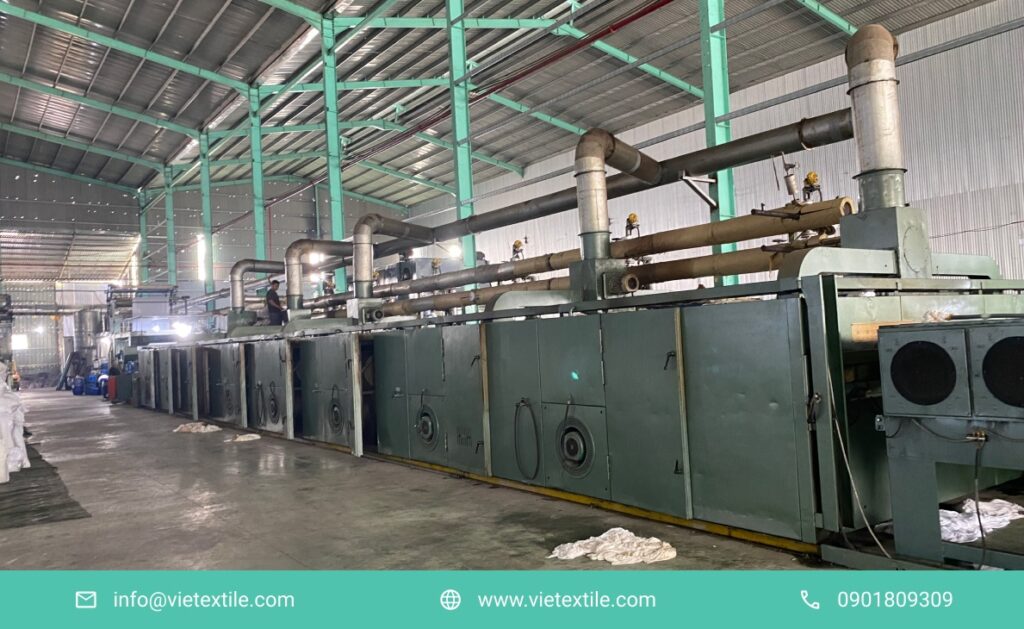
A detailed textile stenter machine maintenance program is the best way to protect your investment and ensure consistent performance.
- Weekly: Clean fan blades, filters, and check the chain tracks for debris.
- Monthly: Inspect fan motors, drive belts, and bearings for wear.
- Every 6 Months: Schedule a full technical service for a textile stenter machine to check burner efficiency, sensor calibration, and electrical systems.
6. Conclusion: Stenter Optimization as a Competitive Advantage
Choosing and operating a textile stenter machine is a strategic decision that goes far beyond the initial purchase price. By embracing modern technologies like IoT and heat recovery, and by implementing a disciplined approach to process optimization and maintenance, textile manufacturers can significantly reduce their operating costs, improve product quality, and build a more sustainable and profitable business.
7. Find Your Optimal Finishing Solution with VieTextile
VieTextile specializes in providing advanced textile stenter machine solutions that integrate the latest in energy-saving and smart-control technology. We offer expert consultation, installation, and long-term maintenance support to help our clients achieve maximum efficiency and profitability.
Contact VieTextile today via our hotline or Zalo at 0901 809 309 for a detailed consultation and the latest pricing!
8. FAQ
1. Which type of textile stenter machine is the most energy-efficient? Machines equipped with a heat recovery system (also called a heat exchanger) are the most efficient. They can reduce fuel consumption by 20-30% compared to traditional models without this technology.
2. Should I buy a new or used textile stenter machine? A used machine offers a lower initial purchase price but often has higher energy consumption and lacks modern automation features. If the budget is limited, thoroughly inspect its maintenance records and ensure spare parts are still available. A new machine is a better long-term investment for efficiency and reliability.
3. How often does a stenter machine need maintenance? Minor maintenance like cleaning fans and checking chains should be done weekly. A more thorough technical inspection of motors, bearings, and electrical systems should be performed every 6 months.
4. How does IoT improve textile stenter machine performance? IoT sensors provide real-time data on temperature, humidity, and machine vibration. This allows for automated process adjustments to save energy and predictive maintenance alerts that reduce unexpected downtime.
5. What is the biggest mistake to avoid when buying a textile stenter machine? The biggest mistake is focusing only on the initial purchase price. A cheaper machine that consumes more energy and has lower reliability will end up costing far more over its lifespan in fuel and lost production than a more expensive, energy-efficient model. Always calculate the Total Cost of Ownership (TCO)
